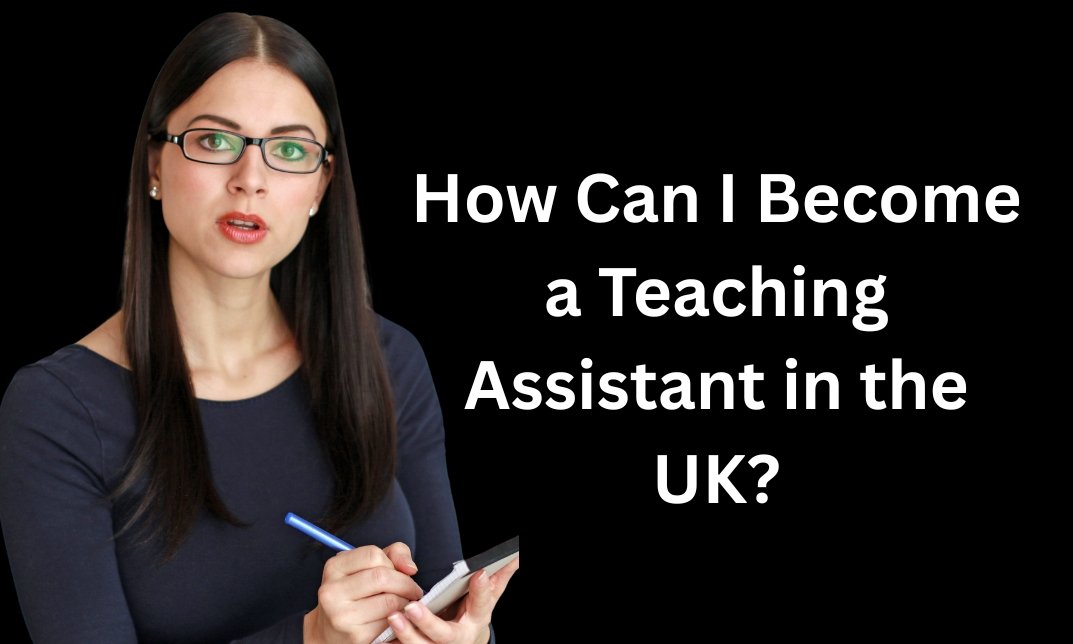No products in the cart.
Can a TA be left alone with a class? If you’ve ever worked in a school—or even just visited one—you’ve probably seen a teaching assistant (TA) leading the room. Some are reading stories. Some are running group activities. And sometimes, yes, they’re the only adult in the room. But is that actually allowed?
Let’s break it down clearly. If you’re a TA, thinking of becoming one, or just curious, this post gives you real answers. No jargon. No waffle. Just straight talk about what TAs do, what they don’t, and why they matter.
What Exactly Does a Teaching Assistant Do?
Teaching assistants help students and support teachers. That’s the heart of the job. But the day-to-day work? That varies a lot.
Some TAs help one-on-one. Others float around, keeping kids focused or supporting small groups. You’ll see TAs putting up displays, calming down arguments, running maths boosters, or setting up science gear. Some even help with reading assessments or marking spelling tests.
And there’s more. Many also handle lunchroom duty, help on school trips, or run after-school clubs. In short, they’re the backbone of a school. Read our full blog to find out everything about what a teaching assistant does in the classroom.

So, Can a TA Be Left Alone With a Class?
Let’s answer it straight. No—unless certain conditions are met. The law says only qualified teachers can teach a class on their own. But there’s a twist.
If a TA has HLTA (Higher Level Teaching Assistant) status, they can be left in charge—but only under a plan agreed by a teacher. They might cover a short-term absence or run a pre-planned session.
What about regular TAs (Levels 1–3)? They should never be in charge of a class long-term. They’re there to support, not to replace a teacher. But many schools do ask them to step up when things get tight. Teacher off sick? Supply teacher delayed? The TA ends up holding the fort.
It’s not ideal. And legally, schools should avoid this. TAs can supervise, but they’re not meant to teach new material on their own.
Why the Confusion?
Simple. Schools are stretched. Teacher shortages. Budget cuts. More kids needing support. TAs are often the most stable, trusted adults in the building. So, heads lean on them.
But unions say it clearly: “TAs should not teach full classes.” Even HLTAs should only do it under supervision and for short stints. It’s a support role, not a replacement one.
Still, many TAs find themselves planning lessons, teaching, and managing behaviour—all without the pay or title of a teacher. That’s where things get messy.
What Happens When a TA Covers a Class?
Let’s say the teacher’s off sick. No supply teacher shows up. What now?
Sometimes, the TA gets asked to hold the class. If they’re an HLTA, and there’s a plan in place, that’s fine. But if they’re not? It’s a grey area. The head might say, “Just get them started on their maths.” The TA agrees—because they’re helpful, not because they’re paid to lead the class.
They might keep things ticking over. Hand out worksheets. Calm the noise. Answer questions. But deep down, they know it’s not their job to teach the lesson. And that’s the rub. They’re doing it because the school needs them. Not because the law says they should.
It’s a tricky spot. No one wants to leave kids unsupervised. And most TAs will do whatever it takes to keep things safe and smooth. But it’s still not right to treat a TA as a stand-in teacher without the training—or the pay.
Some schools handle this well. They train HLTAs, make clear plans, and pay for cover work. Others? They wing it. That’s when problems start.
TAs want to help. But they also want boundaries. That’s not too much to ask.
Can a TA Plan Lessons?
Most TAs don’t write full lessons. That’s the teacher’s job. But they do plan small-group activities or interventions. Think of reading catch-ups or times tables games for a few students.
HLTAs, though, do a bit more. They often plan and deliver full lessons—again, with guidance from the teacher. They usually cover short absences or PPA time (that’s when the teacher plans and preps). In those cases, HLTAs might create the whole lesson plan.

What Else Do TAs Do?
Short answer: loads.
- Behaviour support: Keeping kids on track. Helping them calm down. Redirecting when things get loud.
- One-on-one help: Especially for students with special educational needs (SEN). That might include reading help, physical support, or emotional mentoring.
- Admin jobs: Photocopying, sorting worksheets, prepping classroom displays.
- Playground duty: Watching over kids at break or lunch.
- Extra clubs: Breakfast club, after-school activities, and even helping with sports teams or school plays.
Some TAs have special skills, too. A TA who knows sign language might support a deaf student. Another might help a child manage anxiety or autism. Many go beyond their job description—because they care.
Why Do People Become TAs?
Let’s be honest. It’s not for the money. But people don’t become TAs for a big paycheck. They do it because:
- They love working with children.
- They want to make a real difference.
- The hours suit their lifestyle.
- It’s a first step into teaching.
- It fits around family life.
Some TAs are career changers. Some are parents. Some are fresh out of uni. Others have retired from one job and want to give back. The reasons vary, but the heart’s the same—they want to help kids succeed.
What Are the Hours Like?
That’s one of the job’s biggest perks. Most TAs work during school hours. Think 8:30 to 3:30. Some do full weeks; others just mornings. Most work term-time only—so no summer shifts, no late nights, and plenty of school holidays.
A full-time TA works around 32 to 37 hours a week. Part-time roles are common, too. That makes it great for parents, students, or anyone who wants work-life balance.
The pay isn’t huge, but the time off and manageable hours make it worth it for many.
What About SEN TAs?
Special needs teaching assistants play a vital role. They often work one-on-one with students who have learning difficulties, autism, or physical needs. Their job is personal and powerful. They help kids communicate, manage emotions, move around school safely, or access lessons with extra help. Sometimes, they help with feeding or toileting.
It’s not easy work. It can be emotional. But it’s also hugely rewarding. Many SEN TAs form strong bonds with the students they support—and change lives daily.
Can TAs Become Teachers?
Yes—and many do. Working as a TA gives you classroom experience. It lets you see what teaching is really like. Lots of teacher training programs see TA experience as a big plus. Some TAs go on to complete a PGCE or another teacher training route. Others move into roles like HLTA, SENCO, or pastoral support. It’s a job that opens doors if you want it to.
Final Word: Respect the Role
So, back to the big question: Can a TA be left alone with a class? Technically? No, not unless they’re an HLTA with a clear plan in place. Even then, only for short periods.
But in the real world? It happens more than it should. What’s clear is this: TAs keep schools going. They support learning, keep kids safe, and bring heart to the classroom. It’s time we gave them the recognition—and the respect—they deserve.
Ready to lead with confidence? Join our online Teaching Assistant Course at Wise Campus and turn classroom challenges into career opportunities!






